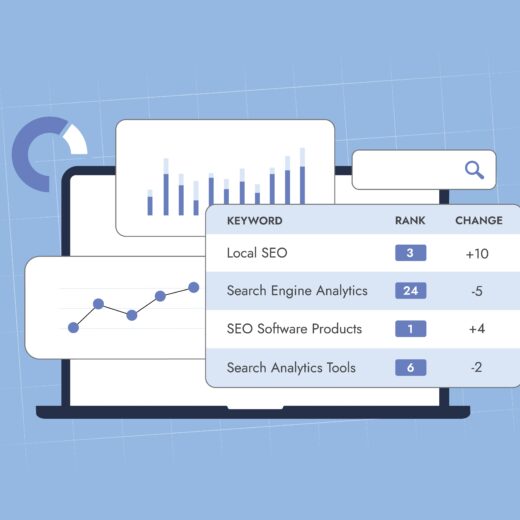How to Create a Website That Generates Leads

A beautiful website is only half the battle. If it isn’t generating high-quality leads for your business, you’re missing a huge opportunity. Whether you’re a start-up, an established brand, or a service-based company, your website should be a lead-generating machine, guiding visitors smoothly from initial interest to conversion.
In this guide, we’ll explore the core principles of web design, UX, and content strategy that help turn browsers into buyers. We’ll also touch on AI-friendly techniques and NLP (Natural Language Processing) best practices that can help your site rank better and resonate with your audience.
- Start with a Clear Value Proposition
When visitors land on your homepage, they should immediately understand what you do, who you help, and why they should choose you.
- Use clear, benefit-driven headlines that focus on solving your customer’s problem.
- Avoid jargon — write in a way that mirrors the natural language your audience uses (this is where NLP principles help, as Google and other search engines favour conversational, user-centred phrasing).
- Optimise for User Experience (UX)
A website that’s slow, cluttered, or confusing will bleed leads. Focus on:
- Fast page loading (under three seconds).
- Mobile-first design to capture on-the-go users.
- Logical navigation so users find what they need quickly.
- Strategic use of micro-interactions to guide the journey without overwhelming visitors.
Pro Tip: AI-powered heat-mapping tools can reveal exactly where users click, scroll, and drop off — giving you actionable data to improve conversions.
- Create High-Intent Landing Pages
Your landing pages should be laser-focused on specific offers or services, with no distractions.
- Use compelling calls to action (CTAs) — test language variations using AI-driven A/B testing.
- Incorporate social proof such as testimonials, reviews, or case studies.
- Include visuals that support the offer (e.g., product photos, explainer videos, infographics).
- Write AI-Friendly, Search-Optimised Content
Google’s algorithms, increasingly powered by AI and semantic understanding, reward content that’s:
- Well-structured with clear headings and subheadings.
- Written in natural language that matches search intent.
- Rich in related phrases and synonyms, not just repetitive keywords (a key NLP content technique).
- Updated regularly to show freshness and relevance.
Example: Instead of keyword-stuffing “website leads”, also use related terms like lead generation, conversion rate optimisation, and online enquiry growth.
- Use AI Chatbots and Conversational Forms
Modern lead-gen websites go beyond static contact forms.
- Integrate AI-powered chatbots that answer questions instantly and capture contact details.
- Use conversational form design, where each question feels like part of a natural dialogue, to increase completion rates.
These tools, powered by NLP, can qualify leads in real-time, route enquiries to the right team, and even schedule calls automatically.
- Track, Test, and Refine
Your website should evolve based on real data:
- Use analytics to track which pages generate the most leads.
- Test different layouts, colours, and CTAs using AI-driven optimisation tools.
- Continuously refine your copy to better match how your ideal customers speak and search.
A lead-generating website isn’t just about design, it’s a blend of clear messaging, strategic UX, optimised content, and intelligent technology. By incorporating NLP-friendly copy, AI-powered tools, and a user-centred approach, you can create a site that attracts, engages, and converts your ideal audience. Get in touch if you need some more help creating a website that generates leads!







